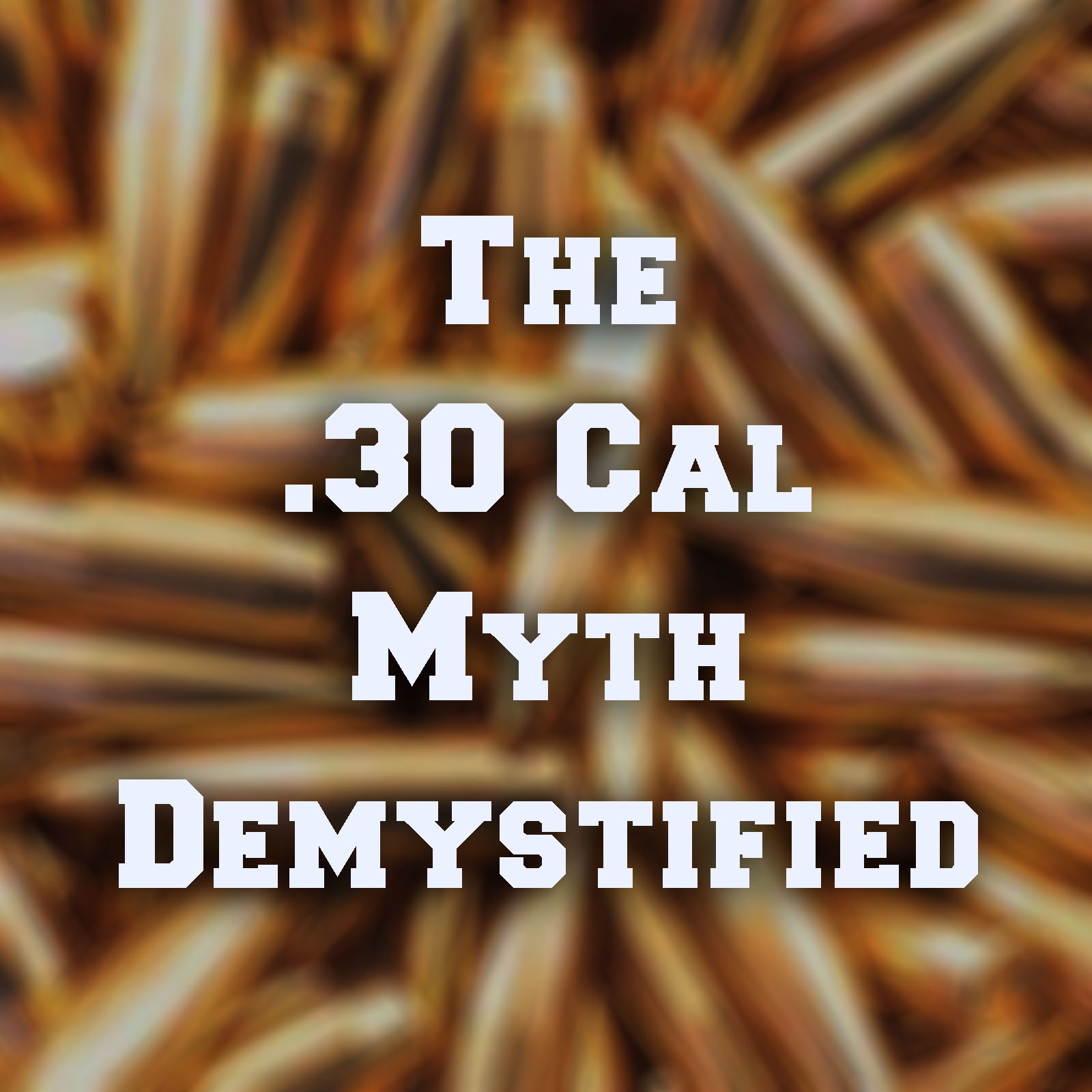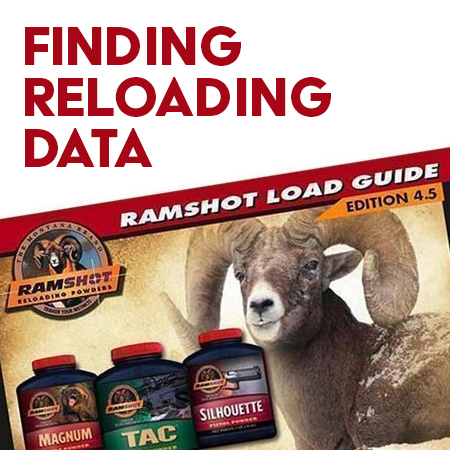We use cookies to make your experience better. To comply with the new e-Privacy directive, we need to ask for your consent to set the cookies. Learn more
PPU Bullet Profile Acronyms - What They Mean
How to choose the right PPU bullets for reloading
You might find the lexicon of shooting a little daunting at first, especially with the number of different PPU Bullets available. It's not immediately clear what an SP is, or how that differs from an SPBT or an FMJBT.
Worry not, here we'll explain the difference between each PPU (Prvi Partizan) bullet profile and it's nomenclature, and how it's best used.

What do PPU Bullet Profiles Mean?
The different kinds of shooting you're doing will dictate which is the best profile of bullet to use. Ballistics is a combination of many factors, and the profile of the projectile will dictate to a large extent the performance of the round. Therefore, here's some commonly used terms and acronyms explained.
Generic Bullet Terms
Bullet: Also called a bullet head. This is the projectile only, the thing that comes out of the muzzle of the gun. A complete round of ammunition is often erroneously referred to as a bullet, but is very different.
Jacketed: The bullet is encased either partially or entirely in a copper jacket. This allows the bullet to travel at higher velocities than an unjacketed bullet would.
Boat Tail: The rear of the bullet is narrowed from it's actual diameter to the base diameter, like the stern of a boat. This helps reduce the drag of the bullet.
Flat Based: The rear of the bullet is shaped at a 90°angle. This is used for shorter range shooting, when a boat tail brings no advantage.
PPU Bullet Profiles Explained
Z-GROM: Lead Free
Best used for: Hunting
The PPU Z-Grom is a new take on lead free ammunition. This bullet is made of a copper alloy with a small tin core, giving it the weight and performance of a traditional lead cored bullet.

SP: Soft Point
Best used for: Hunting, Target
This refers to a jacketed bullet with an exposed lead tip. Soft point bullets are intended for hunting, as the soft point mushrooms on impact with the target and causes a large wound cavity.

PSP: Pointed Soft Point
Best used for: Hunting
With a more pronounced point than a regular soft point, the pointed soft point cuts through the air better, increasing ballistic performance at range, but may increase penetration.

SPBT: Soft Point Boat Tail
Best used for: Hunting, Target
The same as a Soft Point bullet, but with a boat tailed base, to reduce drag. This bullet is ideal for longer range hunting where high striking energy is vital.
SPRN: Soft Point Round Nose
Best used for: Hunting, Target
These bullets have a rounder tip than the regular Soft Point. This increases the impact energy of the projectile, at the cost of range. Suitable for shorter range shooting with excellent knock down power.
SJFP: Semi-Jacketed Flat Point
Best used for: Target
This kind of bullet has a jacket extending only about 2/3 of it's length, with a larger flat nosed soft point than usual. It is suitable for short to medium range hunting or target shooting, and is also suitable for use in tubular magazine fed guns, as it won't detonate the primer of the cartridge in front. Generally found in larger calibre guns such as .45-70.
FSP: Flat Soft Point
Best used for: Hunting, Target
This is a variant of the Soft Point bullet where the tip is flat. The bullet tapers to a flat point much wider than the regular Soft Point or Soft Point Round Nose. This is for use in guns with tubular magazines, as flat nosed bullets do not rest on the primer of the cartridge in front of it, negating the possibility of a magazine detonation.
HSP: Hollow Soft Point
Best used for: Hunting
This kind of bullet has a small cavity in the nose. This increases expansion and mushrooming after penetration.
HP: Hollow Point
Best used for: Hunting
Designed for target shooting. In this case, the hollow point of the bullet is not to increase penetration, but to aid in ballistic performance. The hollow cavity in the nose of the bullet allows air to flow differently around the bullet compared to solid bullet profiles, this increases their ballistic performance. This is the same reason golf balls have dimples.
HPBT: Hollow Point Boat Tail
Again used for target shooting. HPBT bullets are usually comparatively long, with a very narrow hollow nose, and a boat tail at the rear. These two features improve ballistic performance, and are a fairly universal choice for long range shooting.
FMJ: Full Metal Jacket
Best used for: Target
The bullet is encased in a copper jacket, with only the base open. These bullets offer good ballistic performance, but can over penetrate when hunting, so are not recommended. This is the most common kind of bullet used by militaries, and all conventional military small arms ammunition is loaded with a FMJ bullet.
FMJRN: Full Metal Jacket Round Nose
Best used for: Target
Suitable for short range target shooting, this bullet is entirely encased in a copper jacket, and has a rounded nose. The FMJRN bullet is not commonly used in most full power rifle rounds, and is usually found in intermediate or smaller calibre cartridges such as the .30 M1 cartridge for the M1 Carbine.
FMJBT: Full Metal Jacket Boat Tail
Best used for: Target
This bullet has the same nose profile as a regular FMJ bullet, but has a boat tail. The drag on this kind of bullet is very low, enabling it to shoot with a flat trajectory whilst maintaining velocity longer.
SWC: Semi Wadcutter
Best used for: Target
This is a pistol bullet, and the only unjacketed (or solid lead only) bullet on the list. The semi wadcutter features a flat nose, so it is safe for use in a tubular magazine, whilst retaining some tapering to the tip like a rifle bullet. The semi wadcutter is best used for shooting paper targets.
Understanding Bullet Terminology
When you're looking at a bullet or round of ammunition in a catalogue, or online, you'll often see it referred to with a combination of numbers and letters. There's quite a lot of information squeezed into not much space, so let's find out what each part means. I've colour coded each part so we can identify each in turn
B143 .303 Cal (.311) FMJ BT 174gr PPU Bullets Pack 100
Teal: Refers to the product code of the bullet. This is our SKU (stock keeping unit) so we know exactly which bullet you'd like.
Red: Refers to the calibre the bullet is designed for, for example .303 British, .308 Winchester. This isn't always the same as the bullet diameter, as in the case above.
Blue: Refers to the actual bullet diameter. As above, even though the round is called .303 British, the actual bullet diameter is .311. This is not uncommon.
Green: This refers to the profile of the bullet itself.
Purple: This is the weight of the bullet, expressed in grains. Grains is the traditional and by far most common unit of measurement for bullets.
Black: This refers to the manufacturer and pack size. Usually pretty simple to discern.
How to order PPU rifle bullets
It's incredibly easy to order PPU components online, in store or by telephone.
No licence required
You must be over 18 to order these items
Delivery costs for orders more than 30kg may increase slightly.
To view our full range of PPU bullets, click here. All our PPU bullets can be ordered online and delivered straight to your door.
For more information on reloading, see our related blogs below.



















